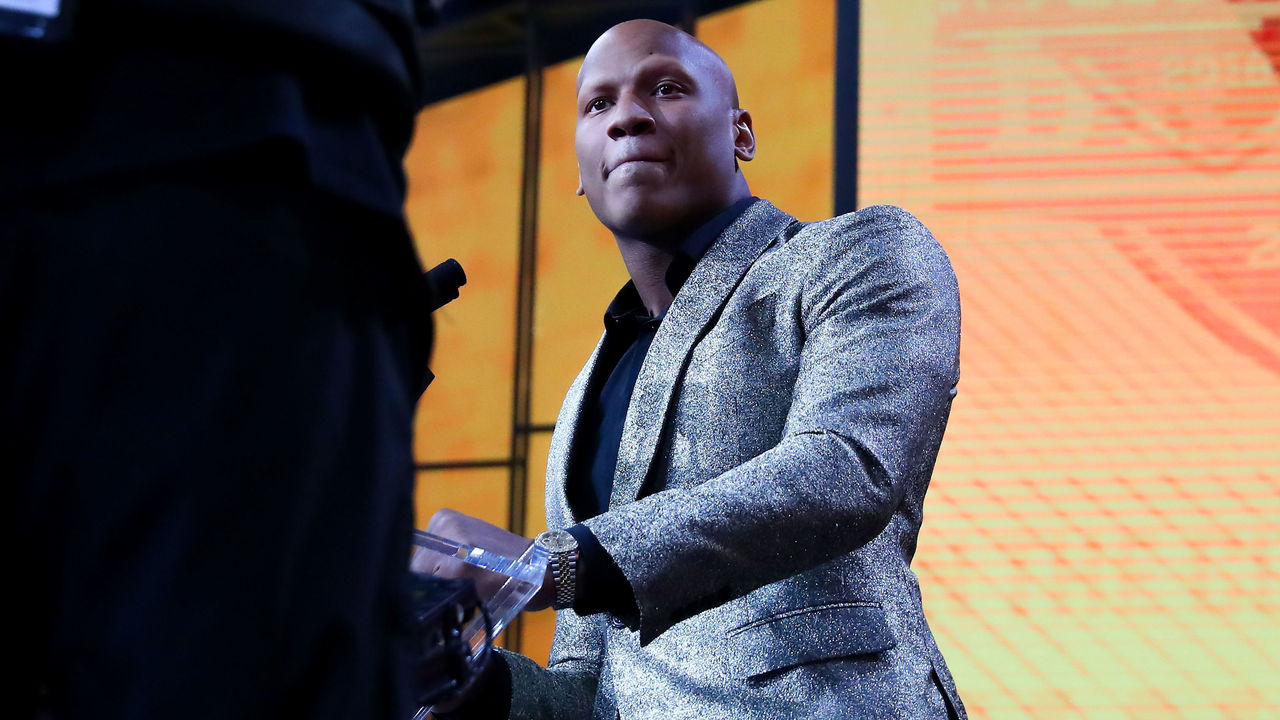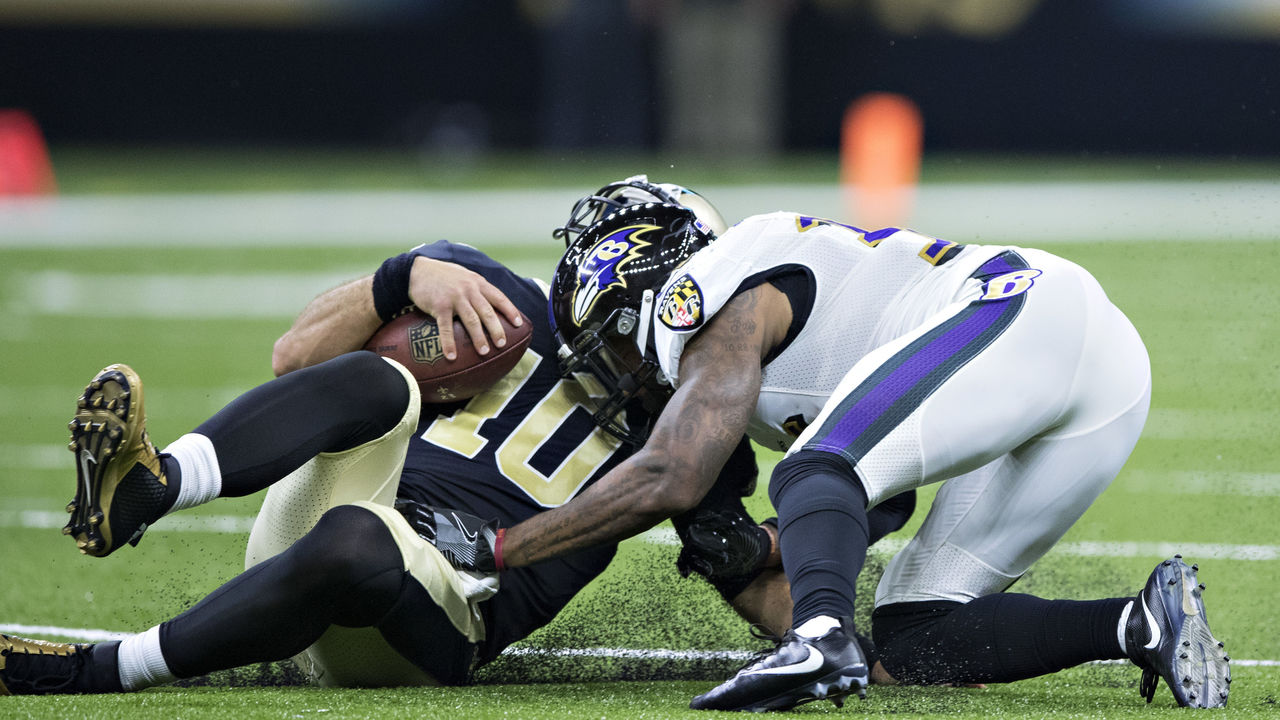Expect plenty of flags as players adjust to new helmet-hit rule
Make no mistake, the NFL made the right move in May by announcing its new legislation on the helmet-hit rule, which penalizes players who lead with the crown of their helmet to initiate contact.
As we learn more about concussions, their long-term effects, and the brain disease Chronic Traumatic Encephalopathy (CTE) which has been linked to head trauma, the league must take all the necessary steps to avoid its deceitful past and seriously address player safety to ensure the growth and stability of the game and its players.
The punishment for offenders is a 15-yard penalty with the potential of ejection, which is as close to the college game's targeting rule the NFL has come.
But much like past NFL rule changes or reinforcements, this latest one promises to challenge players' instincts and could threaten pace and cleanliness of play, especially in the first few months, until the players and referees settle into an understanding of how the rule will be applied and enforced.
Steelers linebacker Ryan Shazier, now walking with a cane after a violent collision left him wheelchair-bound for months, would seemingly be the loudest voice among players supporting the new enforcement.

But even Shazier predicted some murky waters ahead, as players come to an understanding of what they're permitted, and not permitted, to do in real-time, instinctive tackling situations.
"You just have to start playing the way they want you to play, start tackling more with your shoulders, I guess, and just to completely avoid people's upper half," Shazier said during a press conference in Pittsburgh this week.
The "I guess" part of his comment suggested Shazier still isn't sure how smoothly the transition will occur, especially for his linebacker and defensive back brethren. Although the rule applies to all players, regardless of scrimmage side, the feeling is that defensive players will be the ones impacted most by the new rule.
"At the end of the day, it's kind of hard if somebody is coming at you a certain way," Shazier added. "But you have just go play the way they want you to."
The problem most players face is the limited real-time scenarios available to practice and hone techniques to help ease the transition between now and the start of training camp in late July.
Rules of the Collective Bargaining Agreement prevent players from tackling each other in the Organized Team Activities (OTA) currently taking place this month.
Players can watch tape and receive instruction, but only when the pads come out and hitting commences can they truly simulate the action from an NFL football game.
Compounding the issue is the limited contact permitted at training camp, another product of the CBA negotiations after the 2010 season. Referees will travel to camps around the league, meet with teams to discuss the new policy and officiate practices to help players and coaches adjust, but there are far fewer minutes of padded practices these days than prior to the new CBA.
"The helmet rule is going to be a great rule," Ravens head coach John Harbaugh said late last month, per team transcripts. "We already coach that way to get it out of the game. I think 95 percent of the coaches in this league coach that way, and the other five percent have to get on board.
"The helmet is a protective device; it's not a weapon. We've always taught that technique, and we're going to coach it even better. That's what we're going to do."
The NFL has said it doesn't expect a rash of ejections akin to the barrage of flags that came when the league reinforced pass interference rules and its defenseless player policy in 2010, which has since been expanded and modified.
But even the optimistic Harbaugh is expecting some backlash over the way the new rule is enforced, especially the ejection policy.

"Now, how it's going to get called? I told the guys today, I said, 'You know what? There's going to be a call or two this year that's going to go against us, and we're going to look at it and go, "Huh? Really?"' But that's OK, because the payback is the fact that it's better for the players and player safety. That's the way you have to look at it," he said.
It's easy for Harbaugh to echo the calm, pragmatic tone at the podium on a spring afternoon when there's no opponent and no outcome to be scrutinized by media and bosses.
But what happens Week 1 or 2 if a multitude of players are ejected for hits that those players deem just part of football?
Players and coaches are still frequently irate or perplexed at calls stemming from the league's constant changes to pass interference and defenseless player rules.
"We're still going over the (new) rules, still looking at plays and still looking at what could be a helmet-to-helmet (hit), what couldn't be," Giants safety Landon Collins said this week, per team transcripts. "But at the end of the day, just learn how to tackle, learn to lead with your shoulder."
Geoff Mosher is an award-winning sports reporter, radio host, and TV personality with more than 20 years of experience covering all major sports and leagues. He also hosts regularly on 97.5 The Fanatic in Philadelphia and is co-host of "The Sports Shop" on Facebook.
(Photos courtesy: Getty Images)